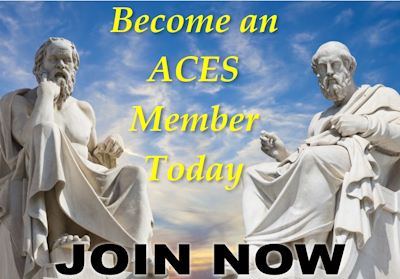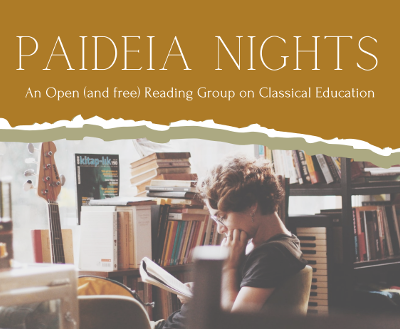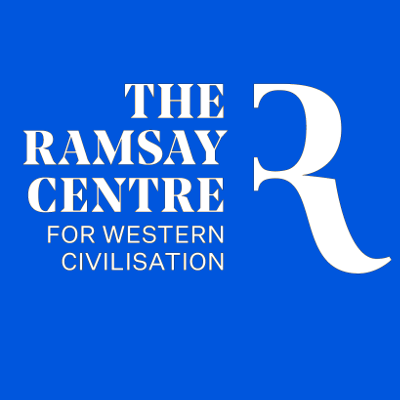The following article discusses how the experience of crossing thresholds and threshold concepts, can be a way of supporting students’ new understanding of the transcendentals, truth, goodness and beauty. The teacher’s role and practise in aligning their teaching towards a classical approach to education using some of the fundamental principles of Classical education pedagogy are also included.
Crossing thresholds into transcendence
How best to awaken my students’ awareness to transcendent reality has consumed most of my teaching preparation over the past decade. The mystery of transcendence in a modern classroom has always been marked with scepticism and stories no matter how great, only provide an entrance into the mystery. To make a connection with the stories, students use their imagination but failing to do this the stories become unrelatable and distant.
I was aware through my research that children have a spiritual inclination that is expressed as ‘relational Consciousness”, an intentional and natural process of relating to the world, to all things animate and inanimate, to others, including a Divine Other, and to the self. (Hay and Nye 1998. Relational consciousness, spiritual awareness, and a sense of self occur naturally and are biologically rooted. Relational consciousness is "an unusual level of consciousness or perceptiveness. Ability to express "a context of how the child related to things, other people, him/herself, and God" (Hay & Nye, 2006, p. 109)
Their model uses three sensitivities: dimensions of spirituality
- awareness-sensing,
- mystery-sensing
- value-sensing,
The challenge was how to tap into their consciousness without challenging my students and parents preconceived idea of spirituality. It was the ‘threshold concept’ in sacred stories developed by Jerome Berryman in the Godly play programme which captured my attention and allowed me to awaken my students’ sensibilities to the transcendent reality of truth, goodness, and beauty.
Research in education recognizes that each discipline has threshold concepts that are “akin to a portal, opening up a new and previously inaccessible way of thinking about something” (Meyer and Land 2003). By actively teaching and integrating threshold concepts into curriculum design, we can improve student learning as threshold concepts are transformative and bring clarity to what is being taught.
As Educators we need to know what ideas and transformative areas of study are, and catalysts for change. In identifying the threshold concepts in Christian Education, it is often the most troublesome areas which should be considered. These are the threshold concepts that I consider when teaching Christian education:
Understanding:
- the distinctive beliefs: trinity, resurrection, crucifixion, incarnation.
- Questions of meaning and purpose of life: origin, meaning, morality, destiny.
- Ethical Principles and Codes of Behaviour
- The metaphorical and symbolic nature of religious beliefs.
- Rituals and expression of religious beliefs.
Preparing my students to transition mindfully into the classroom has also played a major part in awakening my student’s sensibilities. I use the monastic practice called ‘statio’, (I stand or I remain in Latin) or the Holy Pause, a useful strategy which helps students acknowledge transition moments and places as a spiritual practice. Developing awareness in crossing thresholds invite discernment and offer students the opportunity to develop introspection and reflection which assists in the restoration of the poetic mode to education.
The author, Dr. James Taylor, in Poetic Knowledge, explains that poetic knowledge is a poetic experience of reality. “Poetic experience indicates an encounter with reality that is nonanalytical, something that is perceived as beautiful, awe-full, spontaneous, mysterious… Poetic knowledge is a spontaneous act of the external and internal senses with the intellect, integrated and whole, rather than an act associated with the powers of analytic reasoning… It is, we might say, knowledge from the inside out, radically different from knowledge about things. “(Poetic Knowledge James S. Taylor pgs.5-6)
As students prepare to cross the threshold into the ‘sacred space’ of learning about our Christian tradition, they sense that this space has been set aside for worship, a place of important work, a place built with intention to resemble a ‘sacred space.’ Inside the room the materials are beautiful, uncluttered and have their own special place. From this highly ordered environment comes creative freedom which can be shaped by prayer that is in union with God’s will.
Of course, as a teacher I have a great personal influence on my students as I communicate an approach to truth goodness and beauty firstly by exhibiting the goodness in all my intentions, secondly by sharing truth through the universal law or the Divine Principle that pervades the universe, and thirdly by seeing beauty in all goodness and in the material world. Being a good role model to facilitate goodness in my students is a powerful strategy as we are mimetic creatures who learn by imitation.
Mimetic teaching is a distinctive characteristic in Classical education and it’s a mode of teaching that embraces the idea that human beings have a soul, which is their organ of truth perception, and that education does the work of turning that soul toward that which is worthy of being perceived and the work of strengthening the organ so that it can perceive the True, the Good, and the Beautiful. Thus, education cultivates wisdom and virtue.”CiRCE (What is Mimetic Teaching?: A Lost Tools of Writing Excerpt Jan. 15th 2015)
The mimetic lesson follows a sequence of steps which takes the student through the stages of preparation, presentation, comparison, explanation, and application. Retelling of a story from memory using concrete materials combined with a contemplative reading of sacred texts (the practice of Lectio Divina, a monastic practice used for Scripture reading and prayer) returns to the nonverbal relational communication system that is foundational to spirituality. The long rich history of mimesis through parables allows us to imitate or represent something in our literary creation. The mimetic nature of parables allows for curiosity and fascination and at the same time allow the reader to recognize new possibilities for understanding. Teachers play a critical role in implementing effective instruction in the classroom as they are primary role models for their students because role modelling is a form of imitation.
As teachers we have so many opportunities to build strong relationship with our students so that they may learn to trust and ascend into reality. Tuning their minds to grasp reality cannot be done through mastering subject concept alone but having a deep respect for children’s innate sense of the presence of God in their lives and exploring their faith through story, wonder and play.
Awakening my students to the transcendental ideals of truth, goodness, and beauty, the foundational principles of classical education, has been an epiphanic experience for many of my students. The experience of transcendence has been enduring and distinct from other types of developmental change and transformation. Crossing the threshold is a powerful symbolic experience and can be seen as a way of entering a new phase of learning or a transition into a new perspective. Students can cross thresholds if they are ‘held’ in liminal movement so that it safe enough for them to transition into a new understanding. The new discovery leads to new insights and captures their imagination and motivation. Learning begins with curiosity and wonder and the nurturing of both intellectual wisdom and moral virtue can be achieved by cultivating the order of affections so that students are loving what is true, good and beautiful. The quest for truth, goodness and beauty is ideally expressed in the words of Mother Rosalie Hill co-founder of University of San Diego.
“Beauty will attract them, goodness will lead them, but the truth will hold them.”
CiRCE (What is Mimetic Teaching?: A Lost Tools of Writing Excerpt Jan. 15th 2015)
Poetic Knowledge James S. Taylor
The Spirit of the Child David Hay, Rebecca Nye.
The Complete Guide to Godly Play – Jerome W. Berryman
Threshold Concepts and Transformational Learning. Jan. H.F. Meyer. Ray Land, Caroline Baillie.






